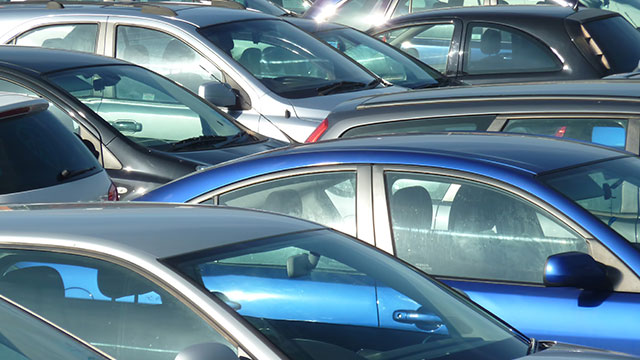SUMMARY
This is AI generated summarization, which may have errors. For context, always refer to the full article.

MANILA, Philippines – The sale of luxury vehicles declined in the last two months of 2013 amid the destruction caused by Typhoon Yolanda (Haiyan) and the rehabilitation efforts that followed.
Rommel Gutierrez, president of the Chamber of Automotive Manufacturers of the Philippines Inc. (CAMPI), said the automotive industry hit its sales target, selling 210,000 units of vehicles, either locally assembled or imported. No official figures have been released by importers yet, however.
CAMPI’s report, along with that of the Truck Manufacturers Association (TMA), noted that assemblers benefitted from increased demand, with member companies upping their sales performance anywhere from 4% to 60%.
But Gutierrez said the luxury segment had declining sales in November and December, though he did not elaborate on specifics. The luxury market includes the top businesses at the forefront of major rehabilitation efforts.
According to the report, BMW distributor Asian Carmakers Corporation recorded a 3% decline in sales in 2013. Mercedes Benz distributor CATS Motors saw an 11.5% drop in sales last year as well.
Compared to this, CAMPI and TMA confirmed that assemblers groups sold 181,283 units in 2013, 16% higher than 2012’s reported sales of 156,649. The Association of Vehicle Importers and Distributors (AVID) reported selling 27,908 units from January to November 2013, bringing the combined total sales of the industry to 209,191 – 8 units shy of the target. Including sales of non-members, this marks the first time the industry crossed the 200,000 units mark.
Onto 2014
The industry set its sights higher for 2014, releasing a sales target of 230,000 units for the year.
CAMPI and TMA noted how continued projected improvement in the Philippine economy would bring about further investments, stronger consumer confidence and increased purchasing power. The groups added that more attractive new vehicle models and promotional packages will also stir the demand for vehicles.
2014 is an important year as the country becomes part of a third wave of high motorization – the increased need for mobility that results in higher vehicle ownership – in the region in 2015. The Philippines’ motorization rate is estimated at 33 vehicles for every 1,000 members of the population.
This motorization rate brings potential for increased demand should incomes improve. The Philippines is nearing the US$2,500 per capita income, which is a benchmark for a region’s motorization.
In 2013, the passenger car segment showed the highest growth rate of 26% translating into 61,083 units sold compared to 48,488 units in 2012.
Commercial vehicles also sold well, increasing 11% to 120,200 units in 2013 versus 108,161 units sold in 2012. Among commercial vehicles, light commercial vehicles increased in volume, selling 74,398 units in 2013 compared to 64,101 units in 2012. – Rappler.com
Parked cars image from Shutterstock
Add a comment
How does this make you feel?
There are no comments yet. Add your comment to start the conversation.